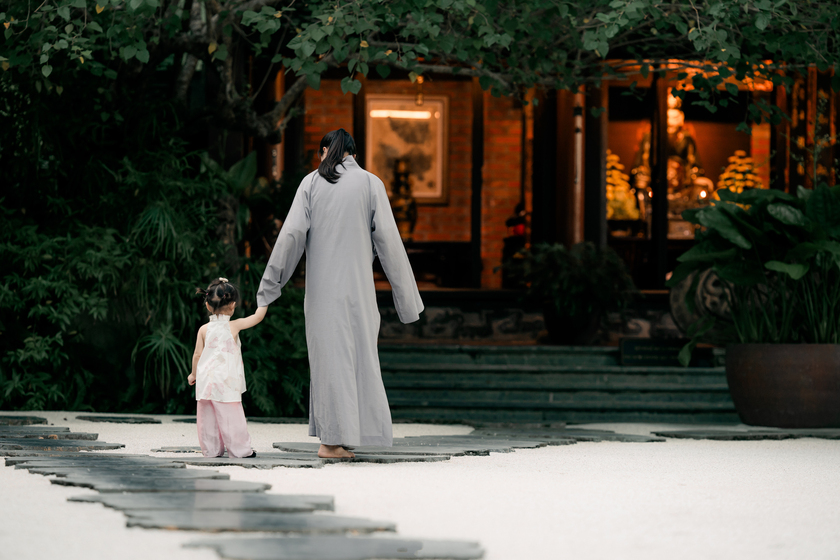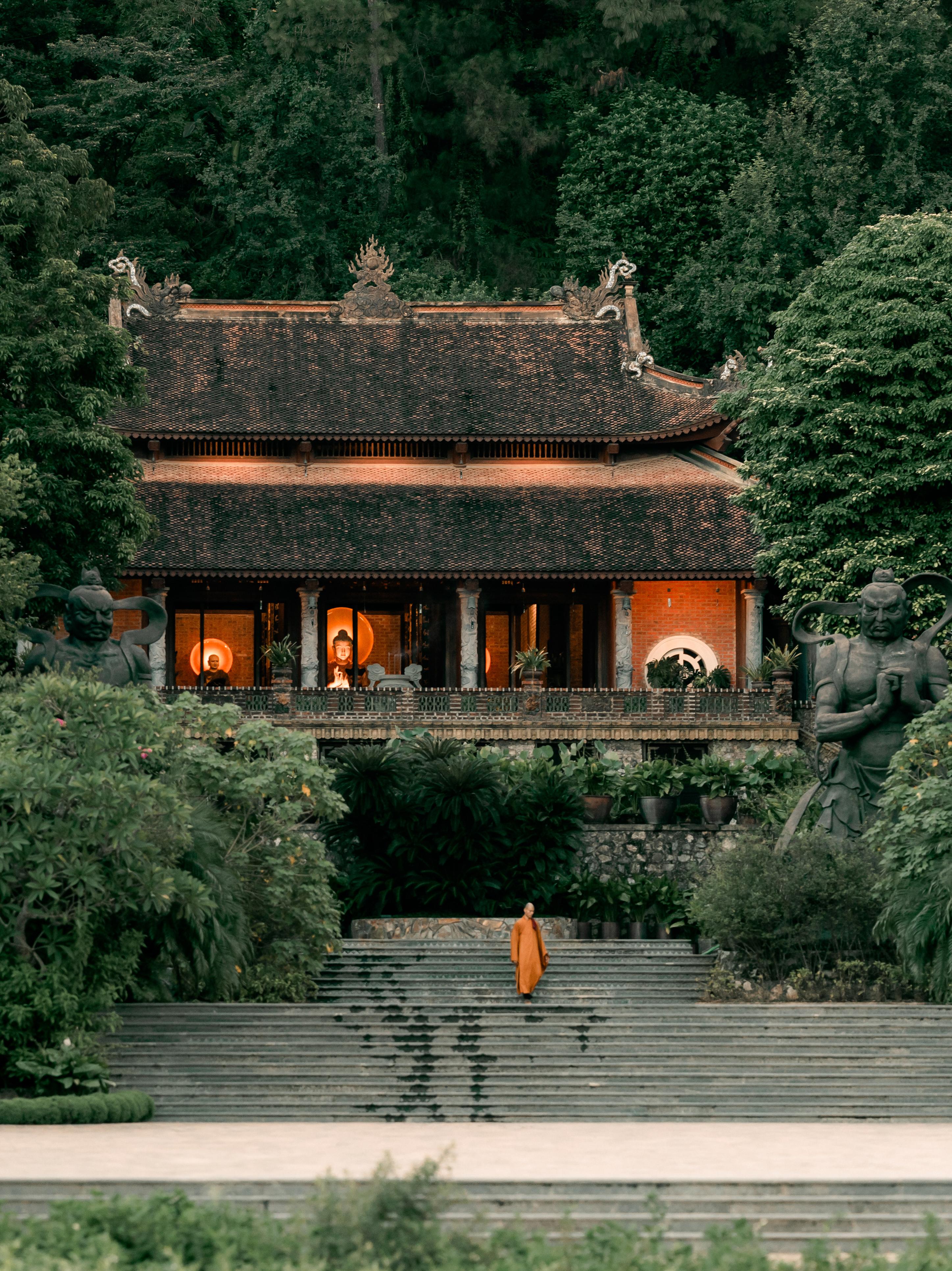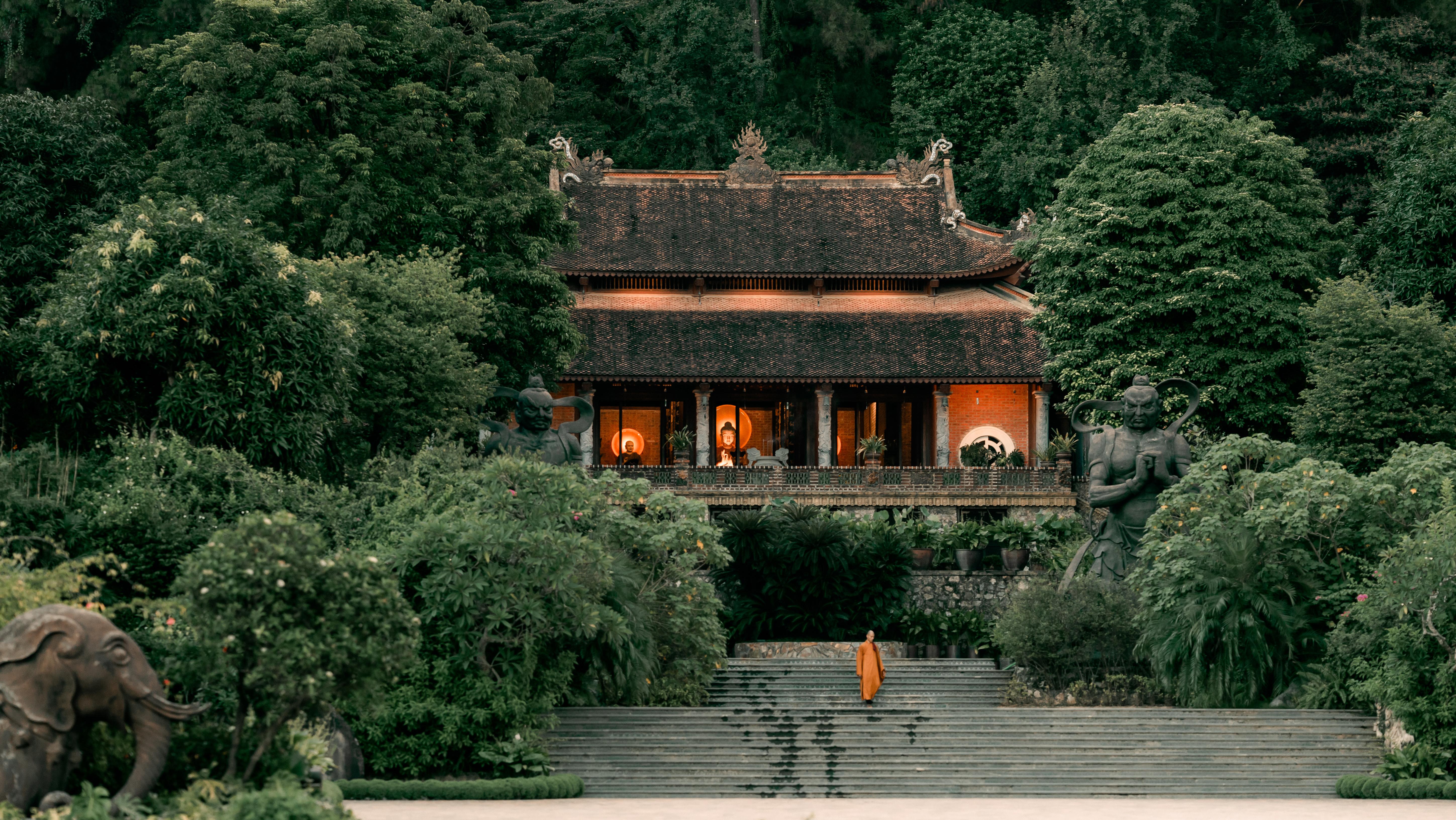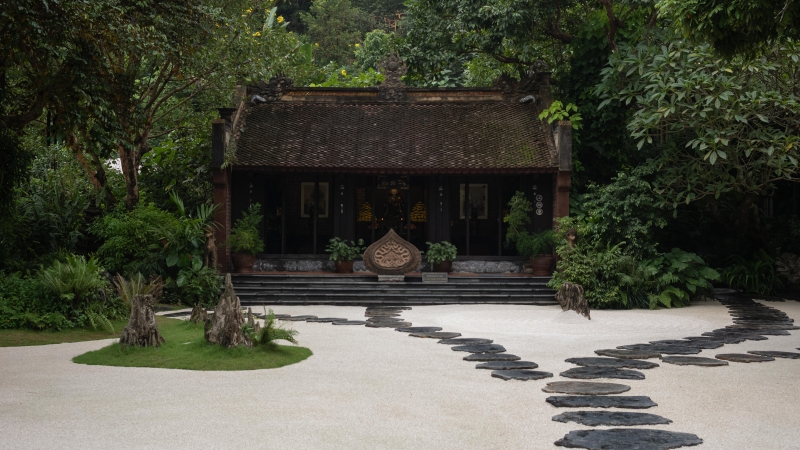Dung Pagoda - Past and Present
From Hanoi, the car travels along National Highway 1, through Phu Ly city and turns left at Tang street in Thanh Liem district. On the way, the car passes through small, pretty villages, some located in the middle of green rice fields, some located at the foot of the hill with cool breeze and fresh young leaves. After about three kilometers, you will finally reach Dung pagoda, also known as Dia Tang Phi Lai Tu. The name sounds strange, evoking associations with distant, mysterious lands.
The Dia Tang Phi Lai Tu Pagoda was rebuilt exactly on the foundation of the ancient Dung Pagoda. The Dung mountain range curves like a bow, embracing the pagoda. Right in the center, the pagoda appears majestic and close to nature. This unique location helps the pagoda to have both private space and a full view of the green fields stretching out in front.
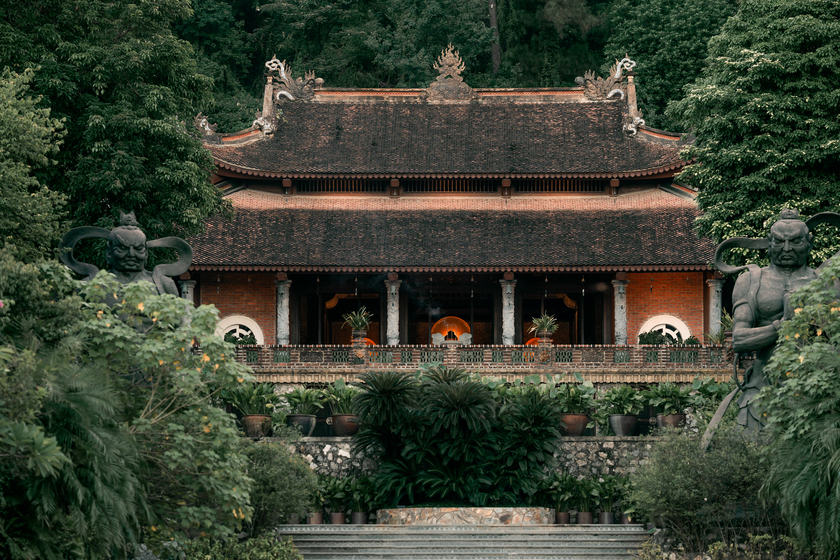

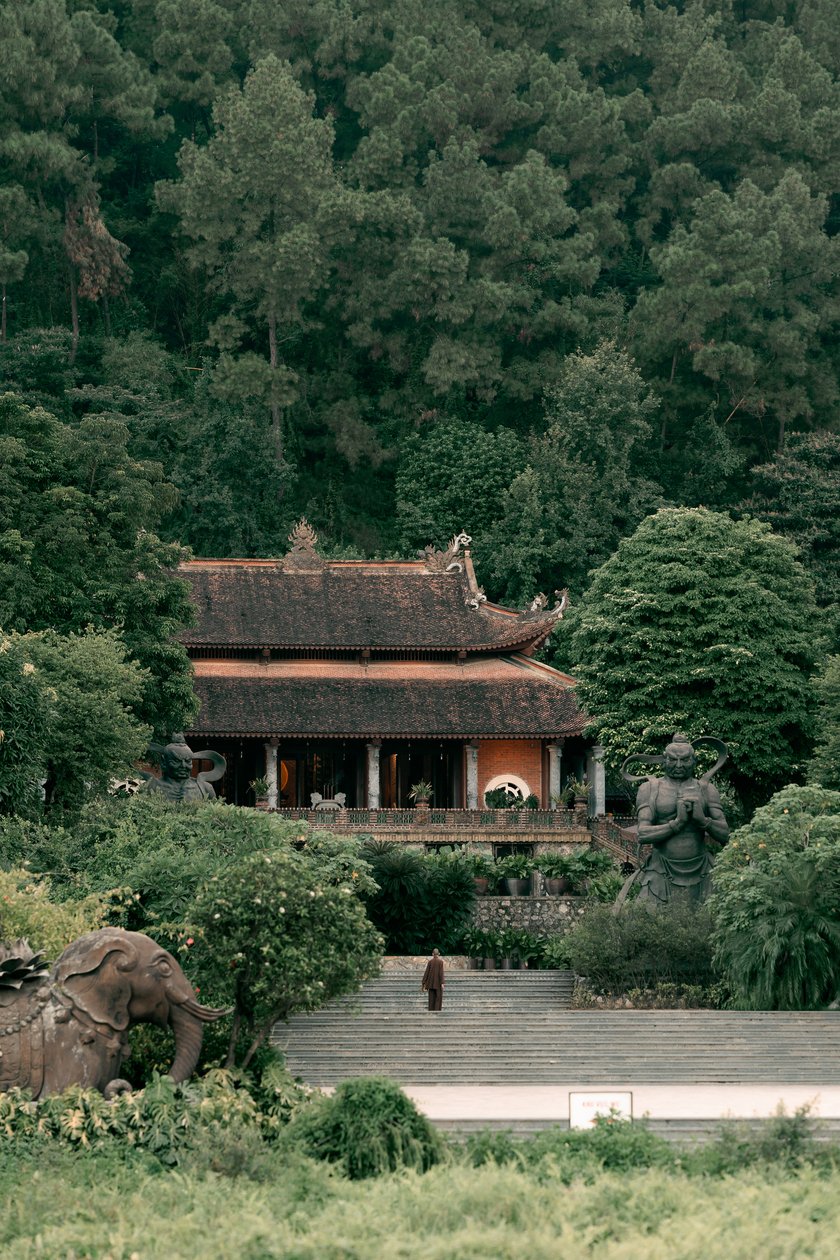
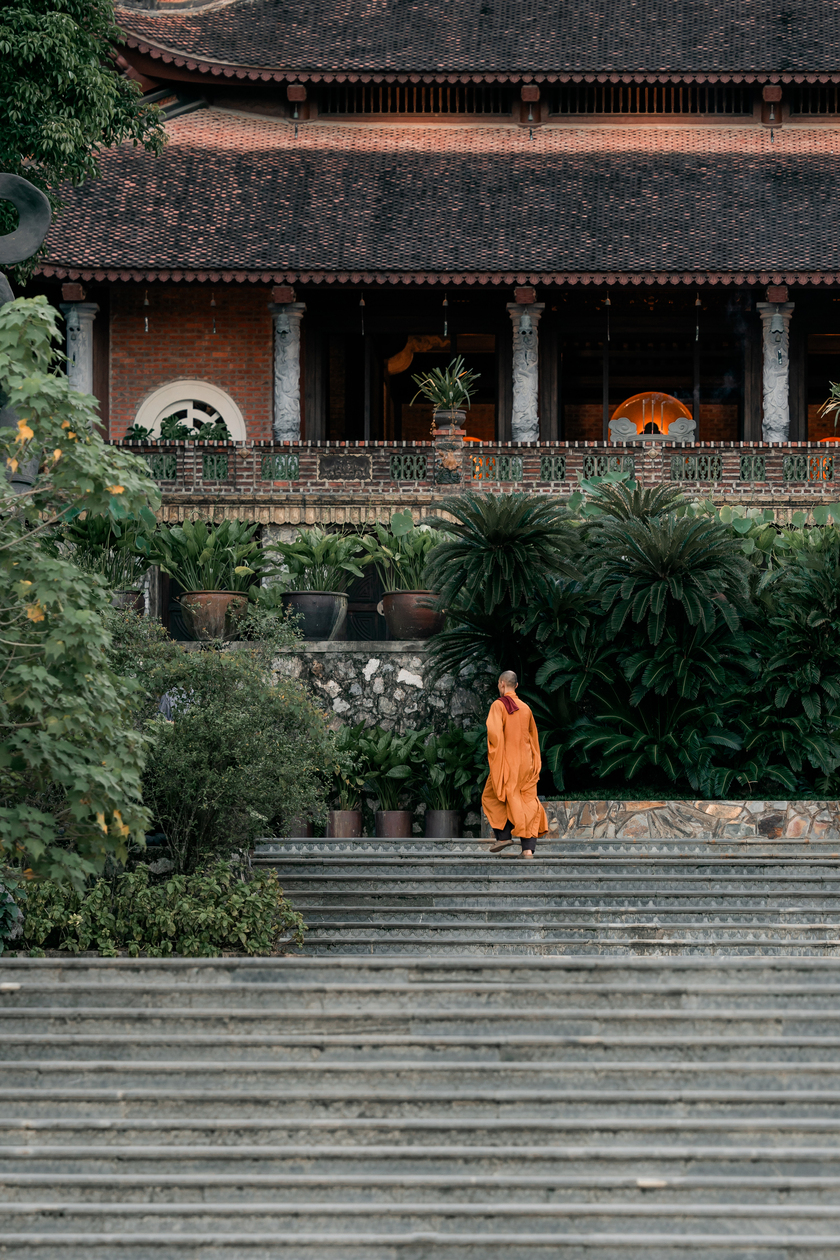
Dung Pagoda or its new name is Dia Tang Phi Lai Tu
Accordingly, after fierce battles with the Champa army, many prisoners were brought here and contributed to the construction of this pagoda. That historical event created a unique mark in the architecture of the pagoda, where Vietnamese tradition and Champa beauty intersect.
In 2015, thanks to the consensus of the local government and Buddhists, the ancient pagoda was restored on the old foundation. During the restoration process, many valuable artifacts with strong Champa style were discovered, as a vivid testimony to the heroic history of the pagoda. Currently, these antiques are carefully preserved in the tea room.
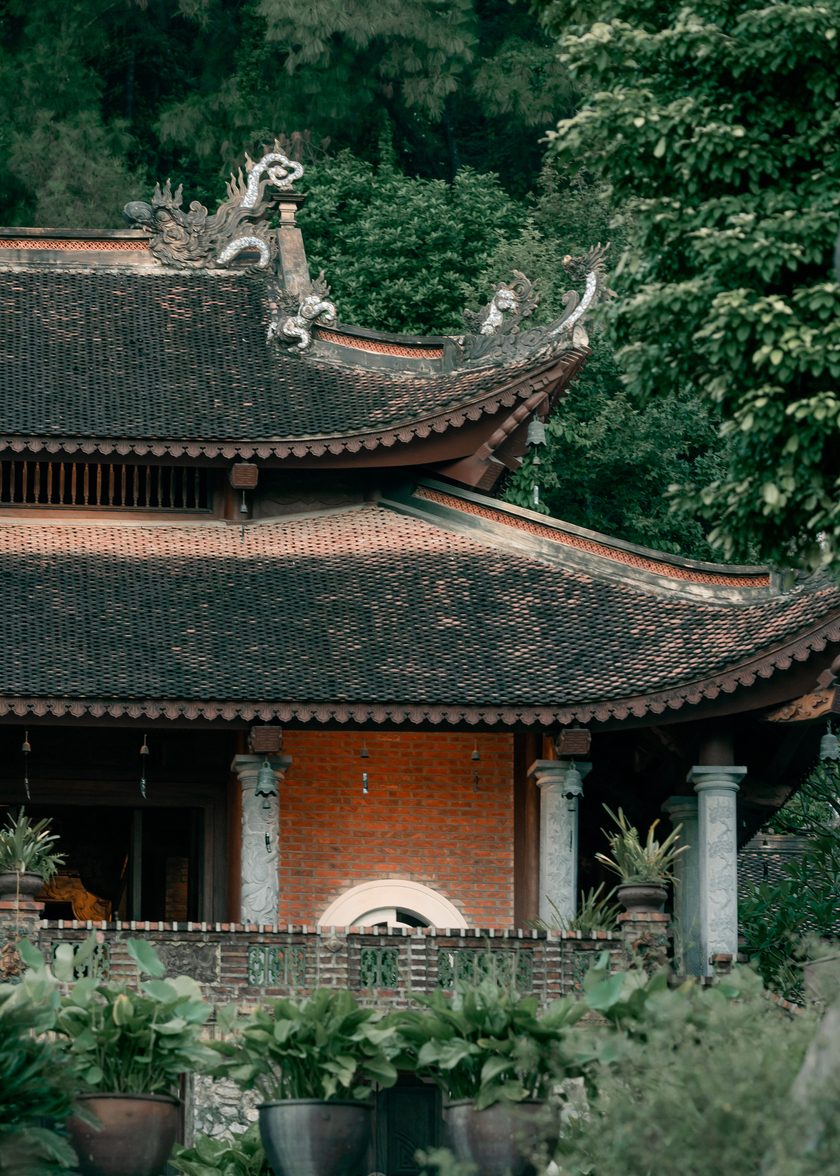
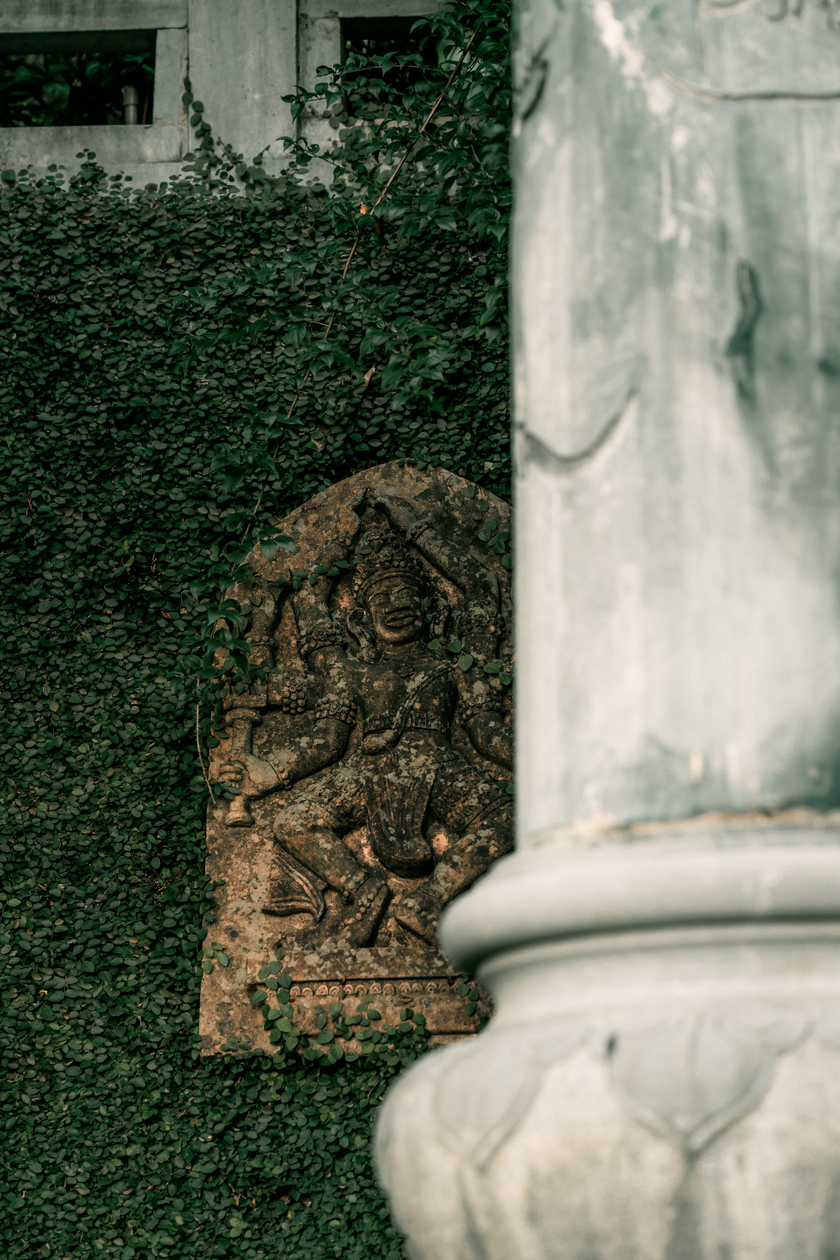

Dia Tang Phi Lai Tu Pagoda was rebuilt exactly on the foundation of the ancient Dung Pagoda.
Ancient temple hidden in Ha Nam
Having the opportunity to visit Dia Tang Pagoda, Tuan Anh shared: "I have been to Dung Pagoda many times, usually during Tet, but because it is too crowded, if you want to sightsee or take pictures, it is best to go on weekdays."
Dia Tang Pagoda has a very special feature, that is, it is the only pagoda in Vietnam today that is not associated with any deity. The main purpose of the pagoda is to pray for the peace of all living beings, to save those in distress, and to demonstrate the boundless compassion of Bodhisattva Dizang.

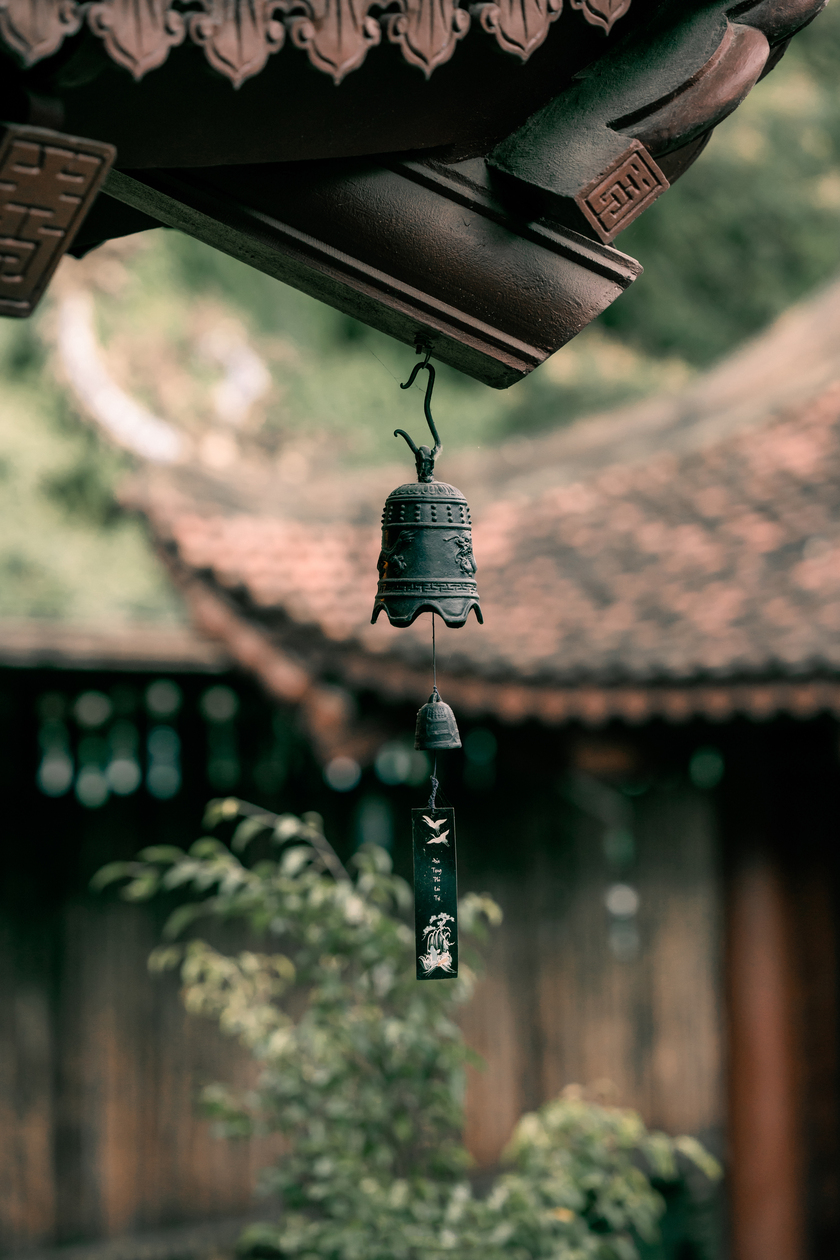

The only temple in Vietnam today not associated with a god
The space of the Buddhist temple is filled with an unusual serenity. There is no incense smoke, no elaborate offerings, everything is very simple. Visitors to the temple are asked to maintain solemnity, not allowed to take photos, film or make noise. Instead, everyone sits still, clasping their hands and chanting Buddha's name. This simplicity has created a space of meditation, helping people easily concentrate on their practice.
“If you go on a normal day, when there are no visitors, the atmosphere at Dung Pagoda is very quiet and peaceful, while on holidays it is too crowded. I have visited many pagodas in many places, but the special impression of Dung Pagoda is its unique architecture. For those who come to Dung Pagoda for the first time, you should choose a quiet day to avoid the crowds during holidays. In addition, remember to wear long pants and the pagoda has a time limit for not allowing photography and prohibiting the use of drones,” Tuan Anh advised.

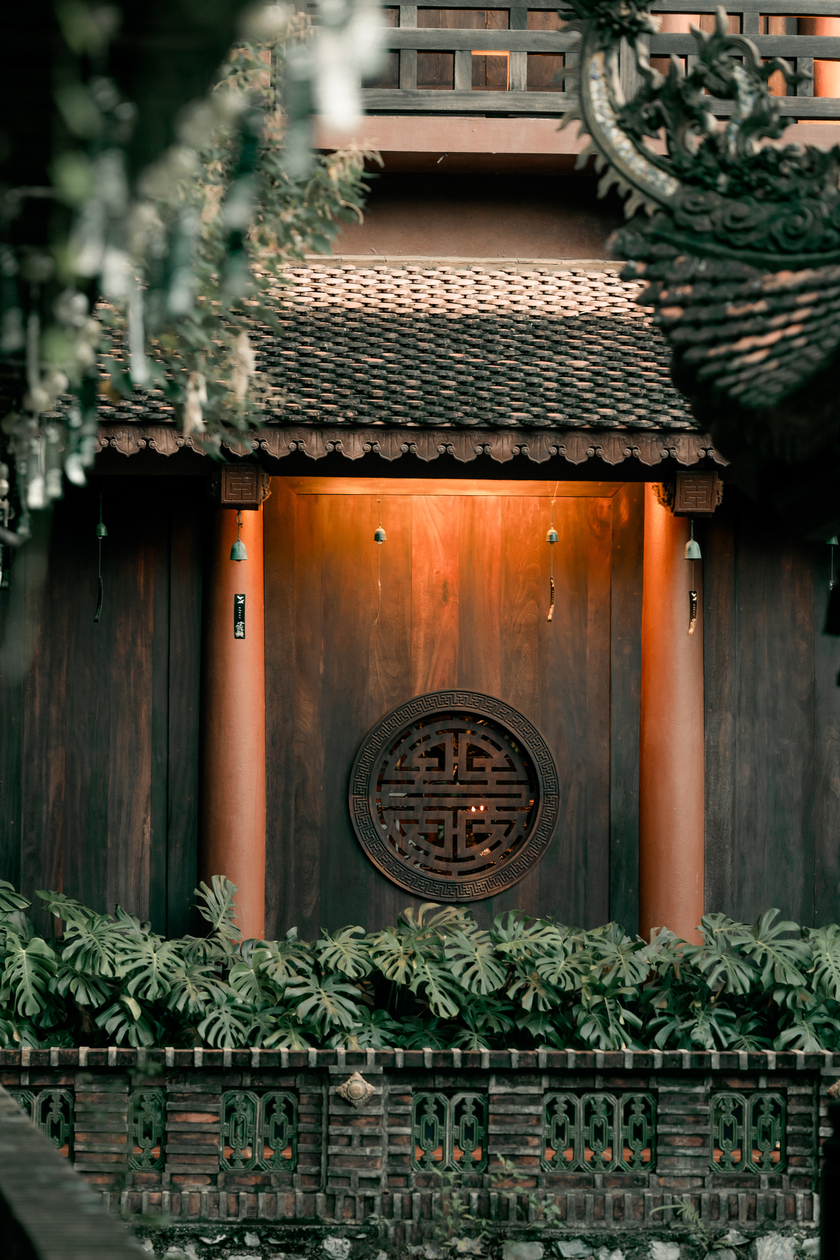

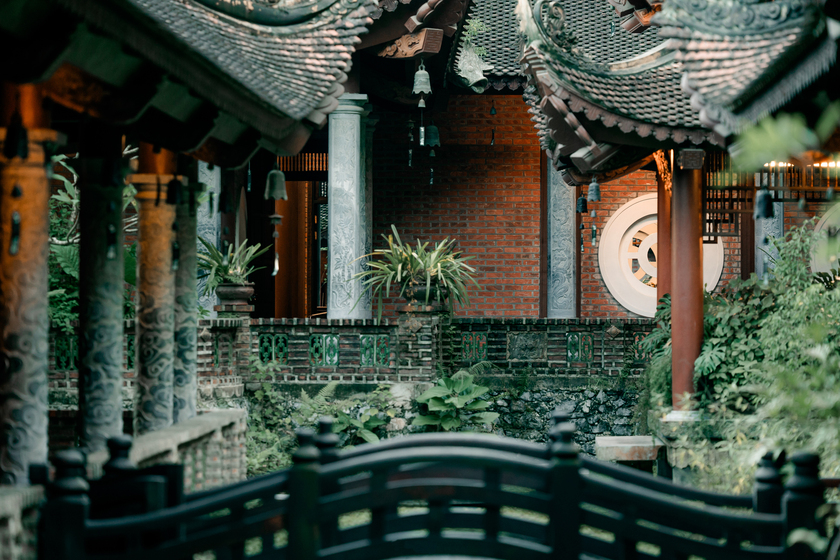
The space was filled with an unusual serenity.
Dia Tang Pagoda is like a beautiful ink painting, "painted" by the hand of nature. The pagoda is nestled in the arms of Dung mountain range, leaning against a towering cliff, in front of a green pine forest. Underground streams flow around the pagoda, creating a peaceful, romantic space. The harmony between ancient architecture and wild nature has created a beautiful picture, making people feel like they are lost in a fairyland.
To the right of the temple, the mountain slope is utilized to create a cool, green space imbued with Zen. The flat lands are delicately designed, becoming small corners bearing the mark of Buddhism. Each miniature landscape, each statue contains profound messages about life, about the harmony between humans and nature. Plants, flowers and leaves are carefully selected, creating a harmonious, peaceful picture, helping visitors find peace of mind.

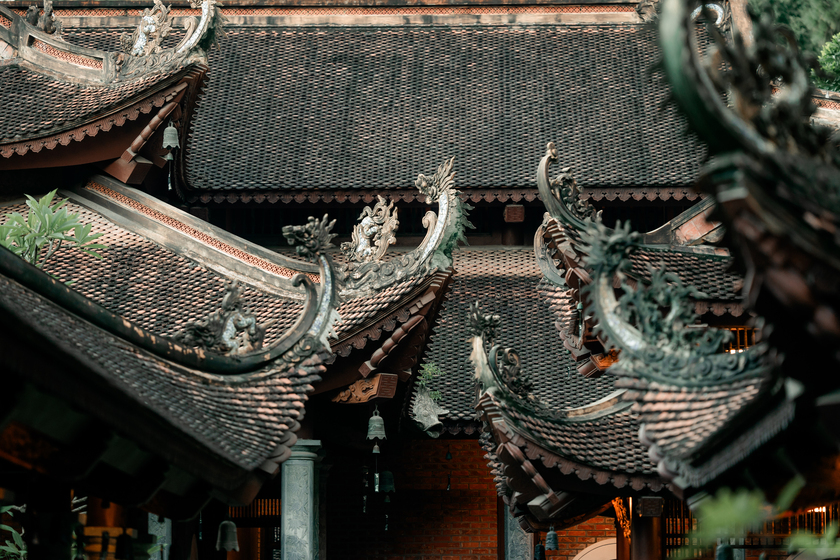
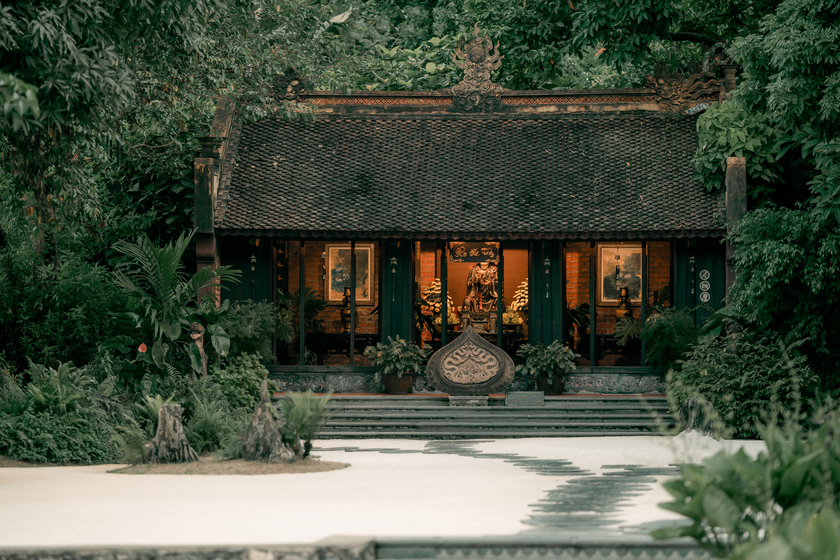
Dia Tang Pagoda is like a beautiful ink painting.
The temple and the entire architectural complex exude a delicate beauty, imbued with Japanese style. The path leading to the temple is paved with light black stone slabs, just wide enough for two people to walk side by side. The simplicity and rusticity in every architectural detail invites visitors to slow down,
The white stone yard symbolizes the “sea of suffering” of life, a place that tests the patience of each person. Every step is a step to overcome the difficulties and challenges in life. Going slowly, walking steadily, knowing how to wait and give in is the way to overcome the sea of suffering and find peace.
